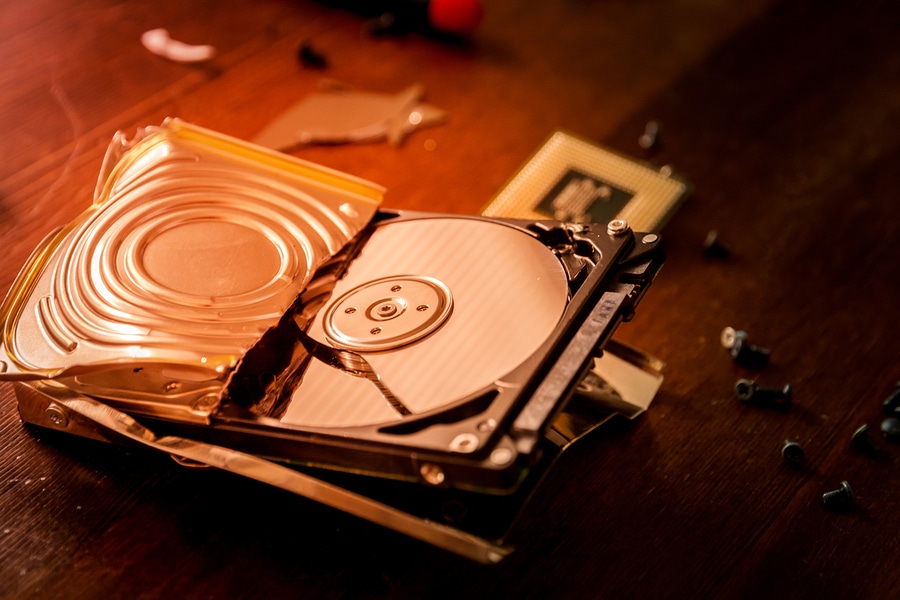Electronic Data Destruction: What Type Do You Need?

The ways in which we collect and store data have changed dramatically over the last few decades, thanks to computer and online technologies. This has allowed for increasing opportunities to garner beneficial data, but has also required growing reliance on protective measures to keep sensitive data from falling into the wrong hands.
As a responsible business owner, you take great pains to secure company and customer data against breach and theft, implementing measures like firewalls, antivirus software, password protection, encryption, and even round-the-clock network monitoring, for example. The question is: have you put the same amount of thought and care into data destruction?
Disposing of data and doing away with outdated equipment can constitute a major risk for theft, even if you think you’ve exercised due diligence in erasing data. However, you need to make sure that you completely eradicate sensitive data, not only to keep customers safe from identity theft, but also to remain in compliance with applicable privacy laws. What can you do to ensure proper electronic data destruction? You need to know what type is going to best serve your needs.
Deleting
You might think simply deleting files from computers and other electronic devices is enough, but you would be wrong. This may erase data from your desktop, but the information is still lurking on hard drives, waiting to be recovered by savvy cyber criminals. Deleting files will not meet standards for compliance with any privacy laws.
Wiping
Effectively eradicating data from devices requires a process called wiping, in which hard drives are overwritten, generally by a series of zeros that replace all existing data. Often, several passes are used to ensure than none of the original data remains.
You may be interested in refurbishing hard drives for resale as a way to recoup some expense. This may or may not be legally advisable, depending on your industry and the type of data you handle. However, if you are able to refurbish and sell computer equipment and electronic devices, you’ll definitely want to partner with a specialist that offers compliance with current industry recognized standards for complete data sanitization of hard drives, such as National Institute of Standards and Technology (NIST) Special Publication Series 800-88, Revision 1.
DIY Destruction
Like deleting files and calling it a day, this is a major no-no. You can find all kinds of information online pertaining to DIY hard drive destruction, from driving nails through your hardware to tossing it in an acid bath. These forms of destruction are not only dangerous, but they don’t actually destroy data and they do not meet standards for compliance with applicable privacy laws.
Shredding
This is basically the gold standard for data destruction. Your partner in data destruction will securely collect and transport outdated equipment to a secure facility, tracking each device by serial number to ensure an unbroken chain of custody. Alternately, you may choose on-site shredding so you can watch the process and see for yourself that it has been completed properly.
Electronic devices containing data will then be shredded using industrial equipment to ensure legal compliance, after which parts will be suitably recycled and you will receive a Certificate of Destruction and Recycling as proof.
When you contact SEAM at 605-274-SEAM (7326), your Sioux Falls area business will gain a reputable and reliable partner that offers the types of electronic data destruction you need to protect your company and your customers, as well as comply with all applicable laws.
SEAM provides IT recycling and data destruction services including onsite shredding and hard drive wiping to South Dakota, North Dakota, Minnesota, Iowa, and Nebraska.
Schedule a pickup or contact us for more information.





